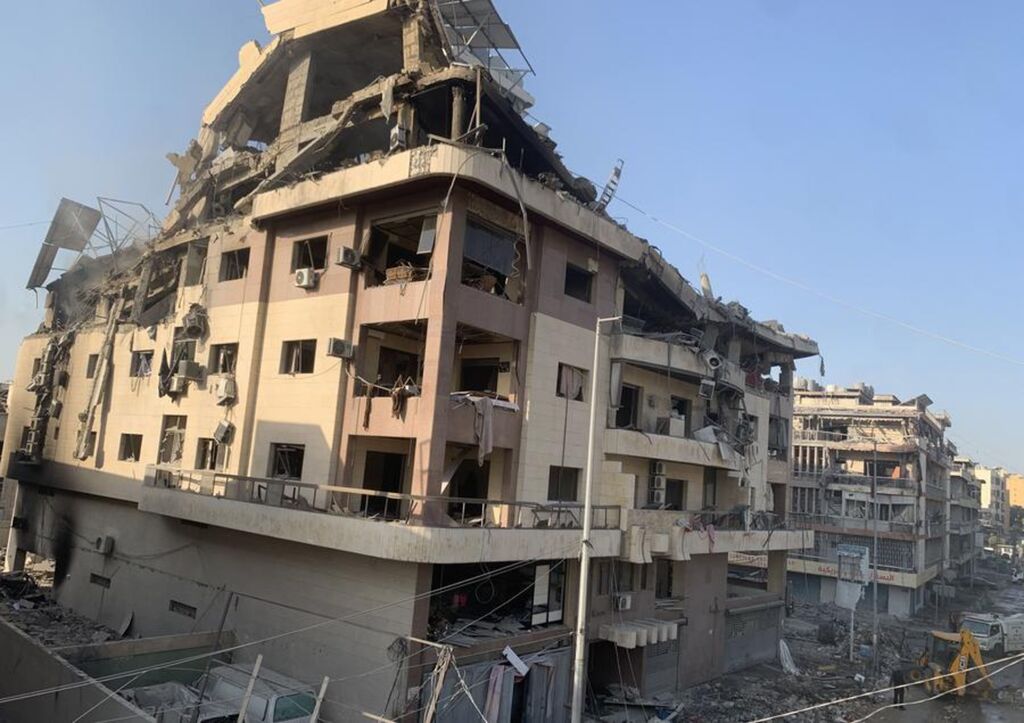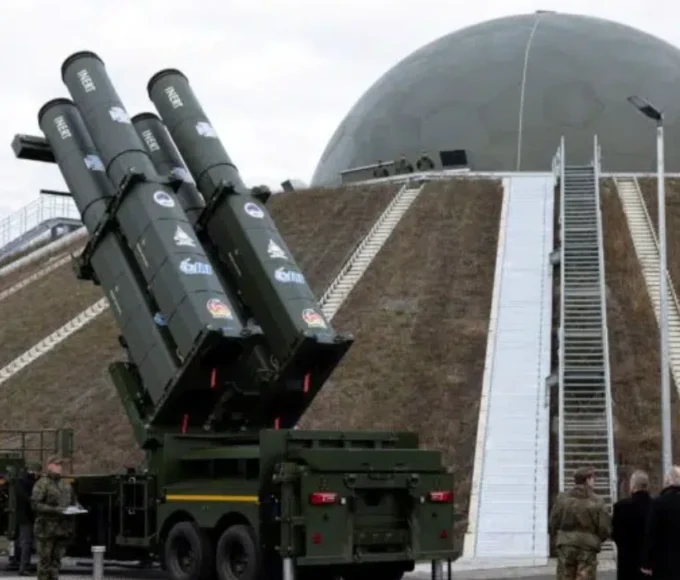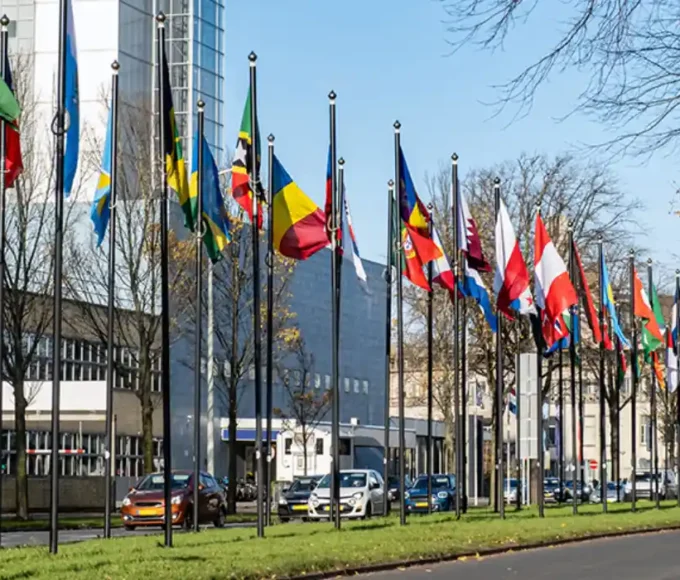In a tragic escalation of violence, Israeli airstrikes on November 1 have claimed the lives of at least 48 individuals and left 50 others injured in Baalbek and surrounding towns in eastern Lebanon. This alarming update comes from various Lebanese sources, shedding light on the devastating impact of the ongoing conflict between Israel and Lebanon.
Military sources, speaking anonymously, reported to Xinhua that Israeli warplanes and drones conducted a total of 34 airstrikes in the region, resulting in numerous casualties and widespread destruction. Among the hardest-hit areas are Baalbek, Al-Alaq, Younine, Bednayel, Al-Bazaliyah, Amhaz, Iaat, Labweh, Harbata, Nahlé, Taraya, and Hawsh an Nabi. These towns and villages have become battlegrounds, suffering severe damage from the aerial assaults.
Rescue operations are currently underway, with Lebanese Civil Defense teams, the Lebanese Red Cross, and Islamic Health Authority working tirelessly to clear the rubble of destroyed homes. Sadly, reports indicate that 15 individuals remain missing, feared trapped under the debris of collapsed structures.
The United Nations has expressed deep concern over the escalating exchanges of fire between Lebanon and Israel, calling for immediate action to restore peace in the region. The continuous conflict not only endangers lives but also exacerbates an already precarious humanitarian situation in Lebanon.
Moreover, the Lebanese military confirmed the deaths of three of its soldiers due to an Israeli strike, highlighting the broader implications of the ongoing violence. The international community has been urged to intervene, with the European Union’s chief diplomat reiterating calls for a ceasefire in Lebanon, emphasizing the urgent need for dialogue and resolution.
The recent airstrikes are part of a troubling trend of increasing hostilities in the region, raising alarms among local and international observers. The situation remains fluid, with fears of further escalations as both sides continue to exchange fire. The humanitarian toll is mounting, and civilians are paying the price for the geopolitical tensions that have persisted for decades.
Images from the affected areas depict the stark reality of the destruction, with buildings reduced to rubble and families left to sift through the remains of their homes. The aftermath of these strikes presents not only a humanitarian crisis but also a challenge for recovery and rebuilding efforts.
As the situation develops, the global community watches closely, hoping for a resolution that prioritizes peace and the protection of civilians. The loss of life and the destruction of communities underscore the urgent need for diplomatic efforts to end the violence and address the underlying issues fueling the conflict.
In this time of crisis, the resilience of the affected communities is tested. As rescue teams continue their efforts, there is a collective hope that those missing will be found safe, and that the cycle of violence can be halted before more lives are lost. The calls for a ceasefire echo louder as the world grapples with the consequences of conflict, urging all parties to seek a peaceful resolution for the sake of those caught in the crossfire.
This article is originally published on lecourrier.vn








